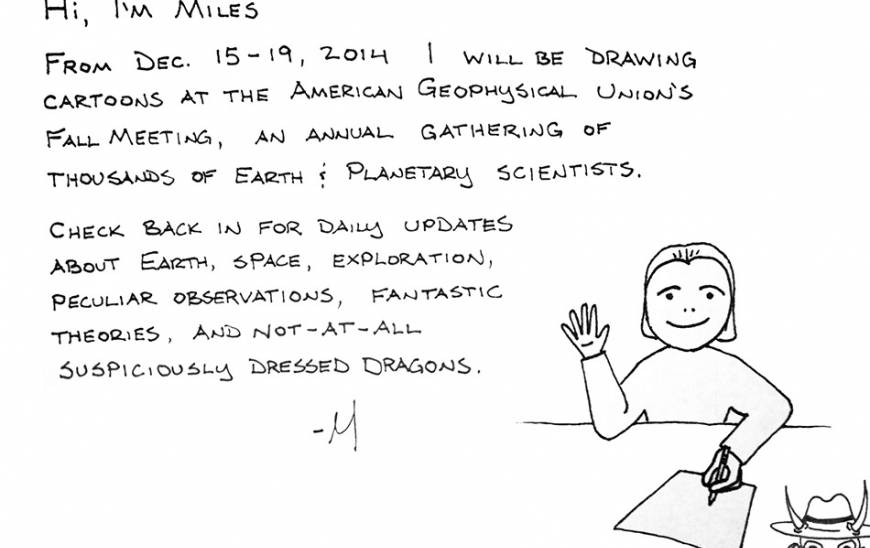The Stanford School of Earth, Energy & Environmental Sciences is now part of the Stanford Doerr School of Sustainability.
This page is currently being maintained for archival purposes only. For the latest information, please visit us here.
The latest on Earth, and space
<p>Stanford School Of Earth Sciences</p>
December 15, 2014

Stanford professor discusses benefits and costs of forest carbon projects
Forests can help slow the buildup of greenhouse gases in the atmosphere while also providing beneficial biophysical feedbacks, says Rob Jackson.
Session information: Monday, Dec. 15, 4:20pm, in Moscone West, Room 3003
Global warming's influence on extreme weather
Noah Diffenbaugh says that understanding the cause-and-effect relationship between global warming and record-breaking weather requires asking precisely the right questions.
Session information: Wednesday, Dec. 17, 2:44pm, in Moscone West, Room 3005
Stanford scientists identify mechanism that accelerated the 2011 Japan earthquake
The fault responsible for the 9.0 magnitude Tohoku earthquake had been relieving stress at a gradually accelerating rate for years before the 2011 quake, according to a new study by Stanford Earth Sciences professor Paul Segall and his graduate student Andreas Mavrommatis.
Session information: Wednesday, Dec. 17, 5pm, in Moscone South, room 306
Stanford professor discusses techniques for minimizing environmental impacts of fracking
Natural gas power plants emit less carbon dioxide than coal power plants, but must be carefully managed to prevent air and water pollution, says Rob Jackson.
Session information: Thursday, Dec. 18, 2:55pm, in Moscone West, Room 3018
Learn about Earth and planetary science presentations through the cartoons of Miles Traer, a multimedia producer at Stanford’s School of Earth Sciences who is live-sketching from this year’s AGU meeting.



